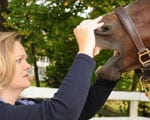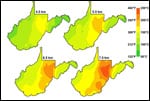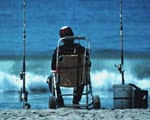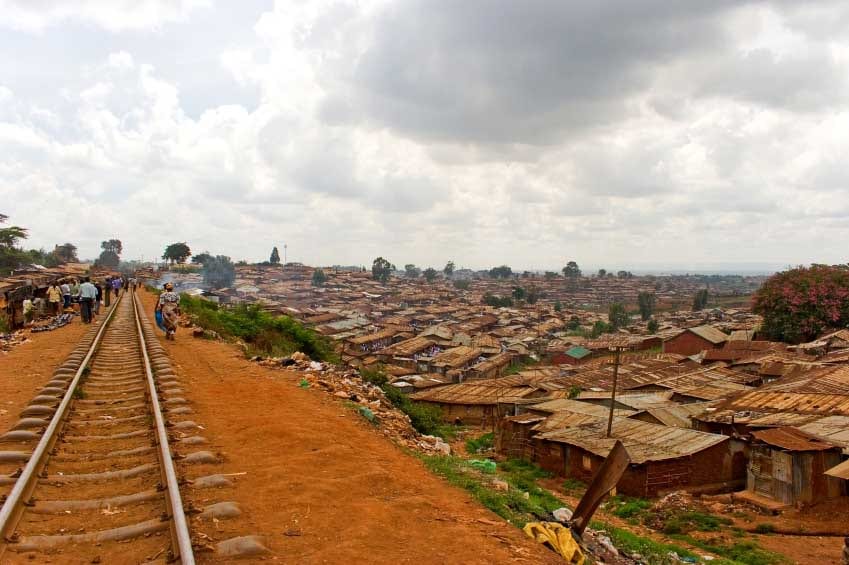Live Science is featuring an interview with Metin I. Eren, a Ph.D. candidate in the SMU Department of Anthropology.
In the November 12 piece, “Science Lives: Archaeologist Recreates Stone Age Technology,” Eren answers the ScienceLives 10 Questions to elaborate on his expertise in Stone Age archaeology, human evolution and experimental archaeology. An expert flintknapper, Eren can accurately replicate prehistoric stone-tool technology to investigate prehistoric tool efficiency, design and production.
Read Eren’s answers to the ScienceLives 10 Questions.
EXCERPT:
Live Science
Metin I. Eren is a Ph.D. candidate in Anthropology at Southern Methodist University. His areas of expertise include Stone Age archaeology, human evolution and experimental archaeology. He is an expert flintknapper, which means he can accurately replicate prehistoric stone-tool technology. Through his experimental research and that of his colleagues, researchers have investigated Neanderthal tool efficiency and design; prehistoric bamboo tool production in China; and how animal trampling in India may disturb buried artifacts, potentially biasing subsequent interpretation. His research currently involves how prehistoric humans colonized unfamiliar landscapes. By focusing upon the Pleistocene colonization of the North American Lower Great Lakes region eleven thousand years ago, he is exploring what sort of behaviors and technology people used to successfully adapt to, and eventually settle into, an uncharted Ice Age landscape. Read his answers to the ScienceLives 10 Questions below.This ScienceLives article was provided to LiveScience in partnership with the National Science Foundation.
Name: Metin I. Eren
Age: 27
Institution: Southern Methodist University, Dallas, TX
Field of Study: Human Evolution and Experimental ArchaeologyWhat inspired you to choose this field of study?
Human evolution is the study of us — where our species came from, and where we are going. By studying how we evolved, we can better understand how we fit into nature and how we are connected to it, and to each other. Having the chance to contribute pieces to the human story through scientific practice was simply an opportunity I could not pass up.Though I started working on archaeological excavations when I was 16 years old, I realized in college that to get a more complete picture of the past I should learn how to make prehistoric tools. By knowing how to make replica tools, experimental archaeologists can conduct tests that otherwise would not be possible to conduct on real (and priceless!) artifacts, such as how well they work for hunting or butchery, or how durable they are when we try to break them. So, over many years I learned the very difficult craft of “flintknapping,” which is the process of flaking stone to make tools. Since stone tools make up 99.9 percent of the artifacts we find during the Stone Age, which is the longest archaeological period in our evolution (2.6 million years!), experimental archaeology can contribute many pieces to the study of human evolution, behavior, and technology.
What is the best piece of advice you ever received?
I’ve been really fortunate to always be surrounded by people who look out for my well-being, and so it is really hard to pick just one piece of advice. However, there are two quotes that I keep in the back of my mind when it comes to my life and career in science.(1) From my parents, quoting John F. Kennedy: “To whom much is given, much is expected.”
(2) From my Ph.D. advisor, Professor David Meltzer: “Don’t stop pedaling.”
What was your first scientific experiment as a child?
Though I had been on numerous excavations as a teenager, I did not conduct my first true archaeological “experiment” until my third-year in college. While writing my senior honors thesis it sort of hit me that the method I was using to measure artifacts did not really get at the information I was really interested in. So with the help of my dear friend and colleague Professor Manuel Dominguez-Rodrigo (Complutense University, Spain) I devised an appropriate method which we tested on experimental stone tools. We ended up publishing the new method in a top-tier archaeology journal.What is your favorite thing about being a researcher?
The idea of contributing to knowledge has always inspired me. Being a scientific researcher allows me to do that. I also love to travel and explore — archaeology in particular lets me to do that. Between field work and conferences I have traveled around the world, from the most remote locations to the biggest cities.Read the full article on Eren’s answers to the ScienceLives 10 Questions.
SMU has an uplink facility located on campus for live TV, radio, or online interviews. To speak with Metin I. Eren or to book a live or taped interview in the studio, call SMU News & Communications at 214-768-7650 or email news@smu.edu.
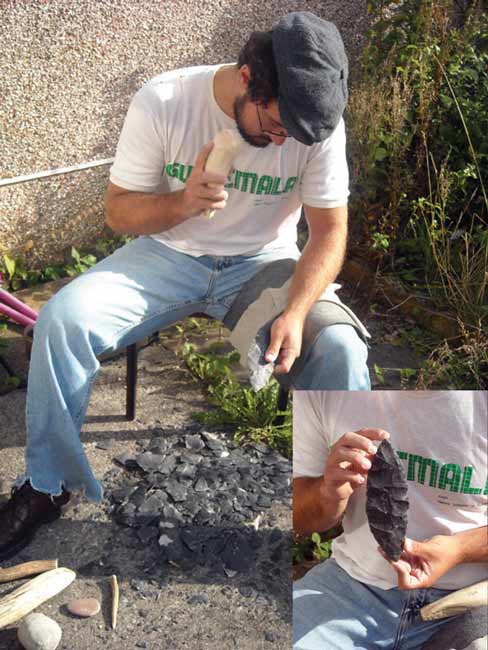 Live Science is featuring an interview with Metin I. Eren, a Ph.D. candidate in the SMU Department of Anthropology.
Live Science is featuring an interview with Metin I. Eren, a Ph.D. candidate in the SMU Department of Anthropology.

